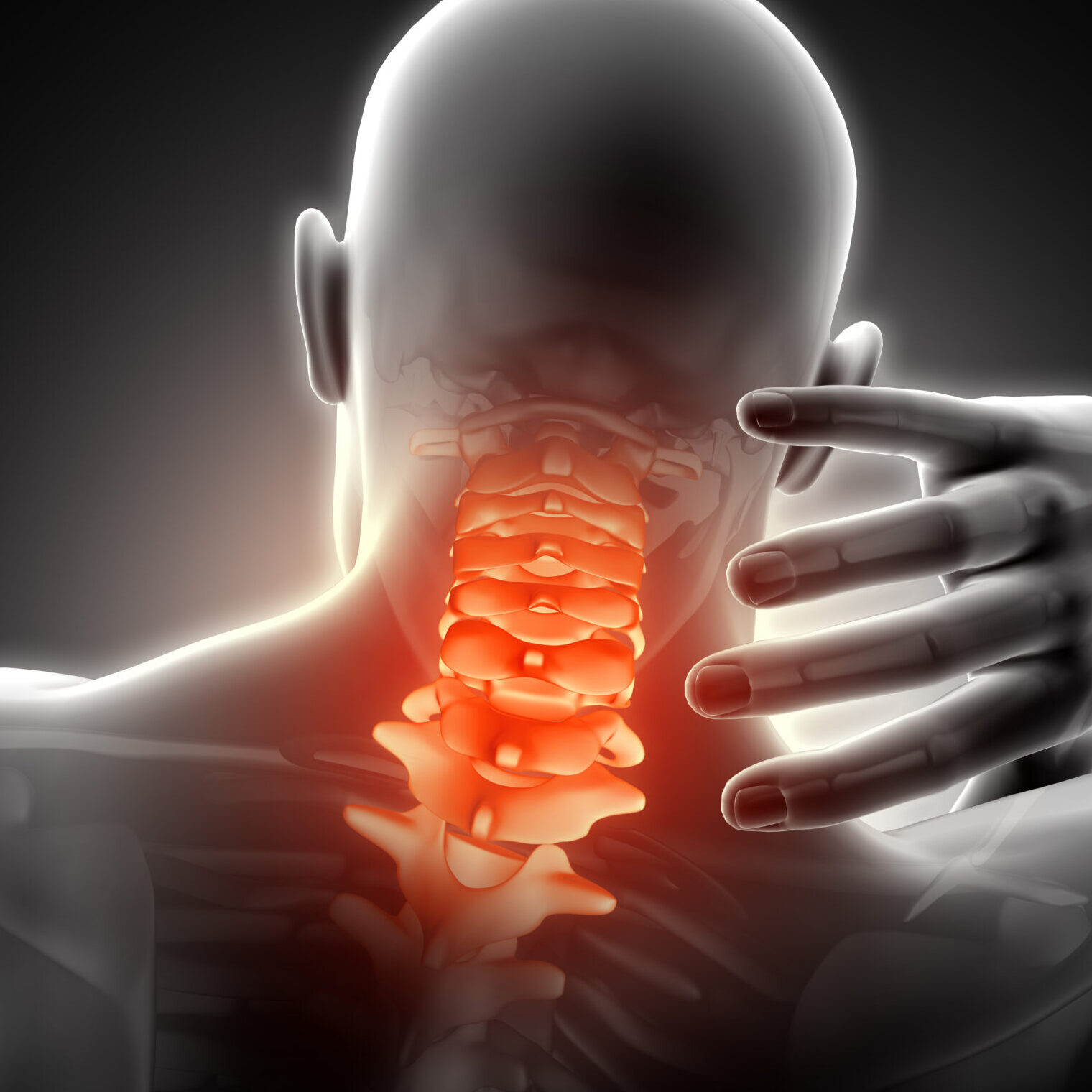Understanding Cervical Pain: Causes, Treatment, and Prevention
Introduction
Cervical pain, commonly known as neck pain, is a widespread issue affecting individuals of all ages. Whether caused by poor posture, injury, or degenerative conditions, cervical pain can significantly impact daily life. In this article, we will explore its causes, treatment options, and prevention strategies to help you maintain a pain-free and healthy neck.
Causes of Cervical Pain
Cervical pain can result from various factors, including:
- Poor Posture: Prolonged screen time, slouching, or improper sleeping positions can strain neck muscles.
- Muscle Strain & Tension: Overuse of neck muscles due to repetitive movements or heavy lifting.
- Injury & Trauma: Whiplash from car accidents, falls, or sports injuries can damage cervical structures.
- Degenerative Conditions: Arthritis, herniated discs, or cervical spondylosis can lead to chronic pain.
- Stress & Anxiety: Emotional stress can cause muscle tightness, leading to discomfort and stiffness.
Treatment Options
Effective management of cervical pain includes both medical and non-medical approaches:
- Physical Therapy: Strengthening and stretching exercises help improve mobility and reduce pain.
- Manual Therapy: Chiropractic adjustments and massage therapy can relieve tension.
- Medication: Pain relievers such as NSAIDs or muscle relaxants may be prescribed.
- Heat and Cold Therapy: Alternating hot and cold packs can help reduce inflammation and relax muscles.
- Postural Correction: Ergonomic adjustments at work and home can alleviate strain.
- Alternative Therapies: Acupuncture and yoga can provide additional relief.
Prevention Strategies
Preventing cervical pain is key to long-term health and comfort:
- Maintain Good Posture: Keep your head aligned with your spine when sitting or standing.
- Use Ergonomic Supports: Adjust your workstation to prevent unnecessary strain.
- Regular Stretching & Exercise: Gentle neck stretches and strengthening exercises can prevent stiffness.
- Manage Stress: Practicing mindfulness and relaxation techniques can reduce muscle tension.
- Sleep Hygiene: Use a supportive pillow and maintain a proper sleeping posture.
Conclusion
Cervical pain is a common issue that, if left untreated, can affect overall well-being. By understanding its causes, seeking proper treatment, and adopting preventive measures, you can achieve lasting relief and maintain a healthy neck. If you experience persistent neck pain, consult a healthcare professional for a personalized approach to your condition.
Would you like to explore specific exercises or ergonomic tips in more detail? Let us know in the comments!

